 1-800-805-5783
1-800-805-5783 
When we think of generative AI models, what usually comes to mind is their dazzling ability to produce human-like text, create realistic images, compose music, or even generate code. From ChatGPT to Midjourney and Stable Diffusion, these AI systems are impressively creative. But here’s a thought—what happens when the world changes?
What if a generative model trained in 2022 is asked about events in 2025? Or when a company updates its policies and needs its AI assistant to instantly reflect that change? Traditional generative AI models don’t adapt unless fine-tuned, retrained, or augmented with new data. This is where lifelong learning and continual adaptation in generative AI models come into play.
These two evolving approaches aim to make generative AI models more intelligent, resilient, and relevant over time, just like humans. In this blog, we’ll explore what lifelong learning and continual adaptation mean in the context of generative AI, why they matter, and how they’re shaping the future of intelligent systems.
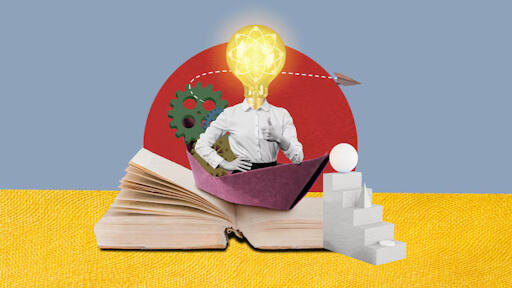
Lifelong learning refers to an AI model’s ability to continually acquire, retain, and apply knowledge throughout its lifecycle. In the context of generative AI models, this means learning new information on the fly, without forgetting previously learned information and without requiring massive retraining.
Think of it this way: Just as a human doesn’t need to relearn the alphabet every time they read a new book, a generative model with lifelong learning shouldn’t have to start from scratch when absorbing new information.
Current generative AI models, including some of the most powerful large language models (LLMs), are static once deployed. Unless manually updated, they can’t natively learn from real-time interactions, evolving events, or user feedback. That’s like hiring a competent employee who refuses to learn anything new after their first day on the job.
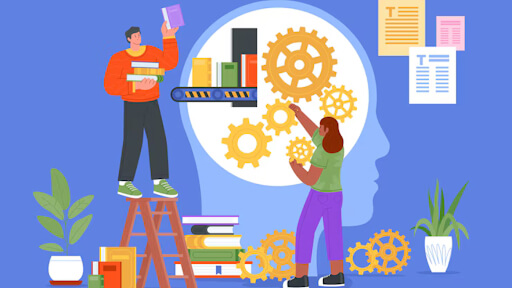
Continual adaptation is closely related to lifelong learning. It focuses more on a model’s ability to dynamically update its understanding based on new data, changing user behaviors, or environmental shifts, without undergoing complete retraining cycles.
Imagine a customer support chatbot that can immediately adjust to a new return policy or a generative model that adapts its tone based on user preferences over time. That’s continual adaptation in action.
Say you interact daily with an AI writing assistant. Over time, it mirrors your tone—maybe more casual, witty, or academic. This happens because the model adapts to your style, gradually improving the quality and personalization of its outputs.
Companies like OpenAI, Anthropic, and Google DeepMind are actively researching continual learning frameworks to improve model responsiveness without compromising prior knowledge.
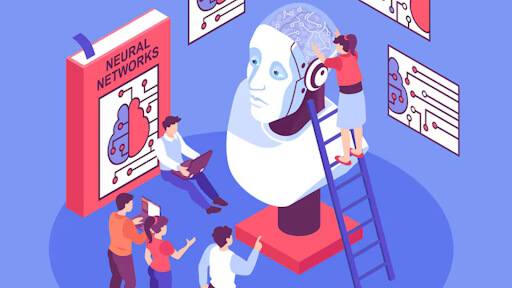
While these ideas sound fantastic, implementing them isn’t trivial. Some of the core challenges include:
This occurs when a model overwrites old knowledge while learning new tasks. Unlike humans, many neural networks tend to “forget” previously acquired data unless retrained with a complete dataset.
Real-world data isn’t static. A sentiment analysis model trained on 2020 social media data may misinterpret newer slang or cultural references that emerged after 2020.
Continual training requires ongoing computational resources. For many businesses, this translates into higher infrastructure costs and complexity.
As models adapt, they may inadvertently learn harmful behaviors, biases, or hallucinate facts if the new data isn’t curated carefully.
Despite these hurdles, the demand for dynamic, continually learning AI drives researchers and companies to innovate rapidly.
To overcome these challenges, various techniques are being explored and applied:
EWC penalizes changes to critical weights in the neural network, reducing the risk of catastrophic forgetting while learning new tasks.
These store a subset of past data and mix it with new data during training to preserve prior knowledge while learning new patterns.
Meta-learning equips models with the ability to learn new tasks with minimal data—a key enabler for efficient lifelong learning in generative AI models.
Instead of retraining the entire model, adapter layers can be inserted to fine-tune behavior while preserving the base model’s original knowledge.
By retrieving relevant external knowledge at inference time, RAG reduces the need for continual updates, serving as a middle ground between static models and full retraining.
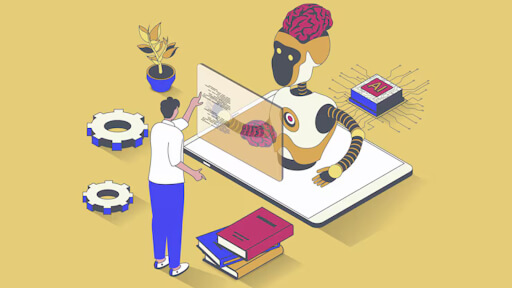
Let’s explore how organizations are leveraging these techniques today:
Companies using generative AI models for chatbots report up to 30% faster resolution times when adaptive learning modules are enabled. (Source: Zendesk AI Trends Report 2023)
According to a Stanford AI in Education study, AI tutors that adapt to student performance improve learning outcomes by up to 25%.
Firms utilizing continual learning AI models for document summarization and compliance tasks have experienced a 40% reduction in rework and errors, particularly following regulatory changes.
Generative AI models trained to adapt to new research and regional clinical guidelines are helping improve diagnostic accuracy across regions and timeframes.

The most exciting part of continual adaptation in generative AI models is how it strengthens human-AI collaboration. Instead of static tools, we get dynamic co-pilots—systems that evolve alongside us.
Imagine a content creation tool that evolves with your brand’s tone, or an AI researcher that reads and integrates the latest papers weekly. These aren’t futuristic fantasies; they’re becoming real, thanks to lifelong and adaptive learning.
While we’re just scratching the surface of lifelong learning in generative AI models, momentum is building. Here’s what the future may hold:
According to a Gartner 2024 prediction, by 2026, over 40% of generative AI deployments in enterprises will include a continual learning module, up from less than 5% in 2023.
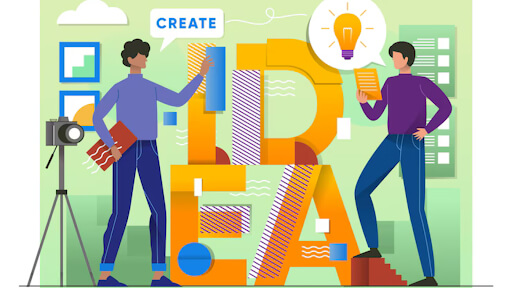
As generative AI models dazzle us with their creativity, it’s time to move beyond one-size-fits-all AI. The next frontier is models that grow with us—ones that learn from experience, respond to feedback, and adapt to an ever-changing world.
Lifelong learning and continual adaptation in generative AI models are not just technical upgrades but philosophical shifts. They bring us closer to AI that isn’t just smart once, but smart forever. As researchers and builders, the mission is clear: equip machines to generate and evolve.
1. What is lifelong learning in the context of generative AI models?
Lifelong learning refers to a model’s ability to continuously learn from new data without forgetting previously acquired knowledge, enabling sustained performance across evolving tasks and domains.
2. Why is continual adaptation necessary for generative AI systems?
Continual adaptation allows generative AI models to remain relevant by adjusting to new trends, user preferences, or domains without requiring full retraining, thus improving efficiency and real-world usability.
3. How do generative AI models avoid catastrophic forgetting during lifelong learning?
Techniques like memory replay, regularization strategies, and dynamic architecture updates help models retain prior knowledge while integrating new information, minimizing performance degradation on old tasks.
4. What are some real-world applications of lifelong learning in generative AI?
Applications include personalized content generation, evolving chatbot interactions, adaptive code generation tools, and continuously improving design or creative assistants across industries.
[x]cube has been AI-native from the beginning, and we’ve been working with various versions of AI tech for over a decade. For example, we’ve been working with Bert and GPT’s developer interface even before the public release of ChatGPT.
One of our initiatives has significantly improved the OCR scan rate for a complex extraction project. We’ve also been using Gen AI for projects ranging from object recognition to prediction improvement and chat-based interfaces.
Interested in transforming your business with generative AI? Talk to our experts over a FREE consultation today!